Herbarium history and highlights
The National Herbarium of New South Wales houses more than 1.4 million plant specimens, including 800 plant collections made by botanists Joseph Banks and Daniel Solander in 1770 during Captain James Cook's first voyage to the Pacific.
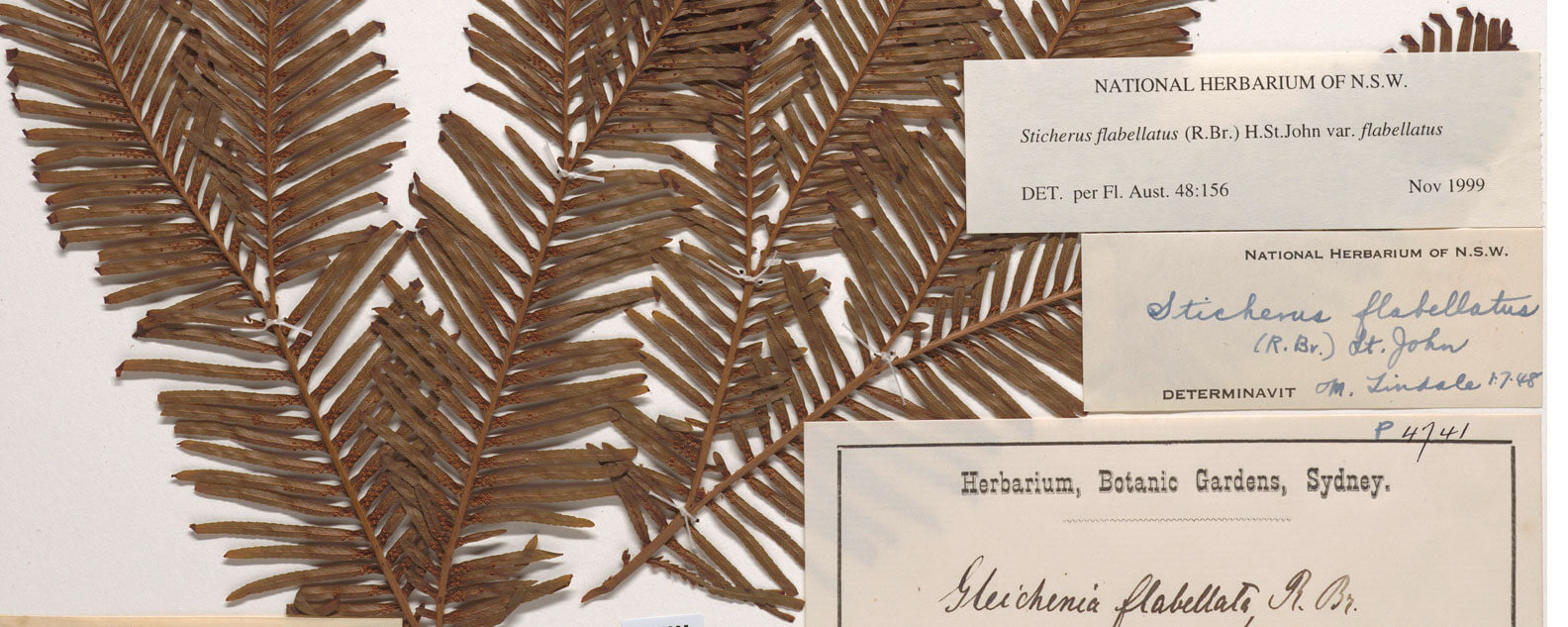
The National Herbarium of New South Wales is a world-class facility and a key component to documenting Australia's botanical and historical evolution. Within the growing collection of more than 1 million plant specimens exists an abundance of captivating stories.
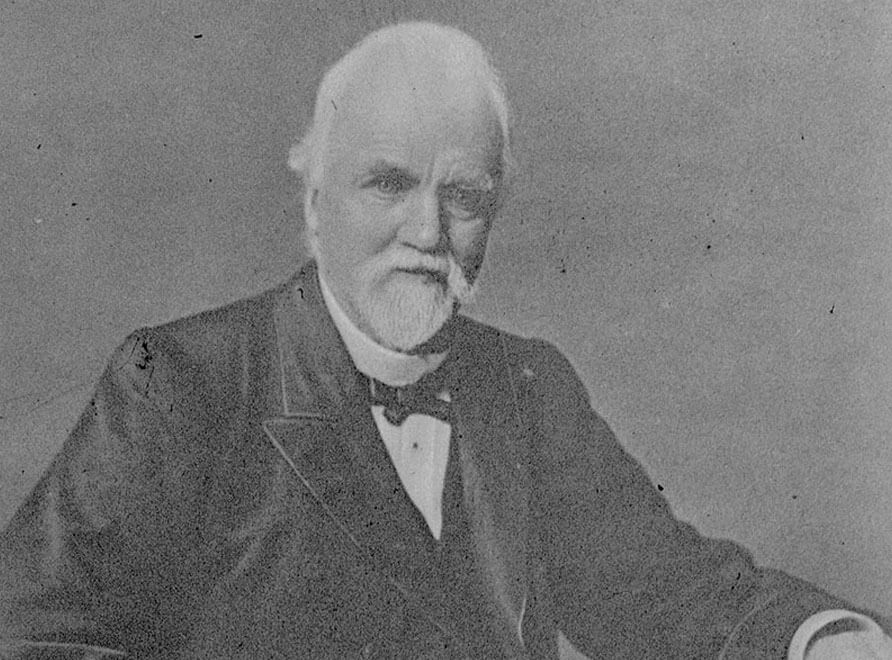
Charles Moore established the National Herbarium of New South Wales. Image: State Library of New South Wales, CC BY-SA 3.0 AU, via Wikimedia Commons
A history of growth
Tracing the origins and evolution of the National Herbarium of New South Wales
Our Herbarium collection contains plant specimens dating back to 1770, including those made by botanists Sir Joseph Banks and Daniel Solander from Captain James Cook's first voyage to the Pacific on the Endeavour.
The official National Herbarium of New South Wales was established in 1853 at the Royal Botanic Garden Sydney when Charles Moore created a small collection for public reference and a botanical museum.
While many collectors, such as Charles Fraser,Allan Cunningham,Major Thomas Mitchell and Ludwig Leichhardt were actively collecting before this (we have some of their specimens in our collections), the collection was slow to expand. It wasn’t until Joseph Maiden became Director in 1896 that the number of specimens grew significantly.
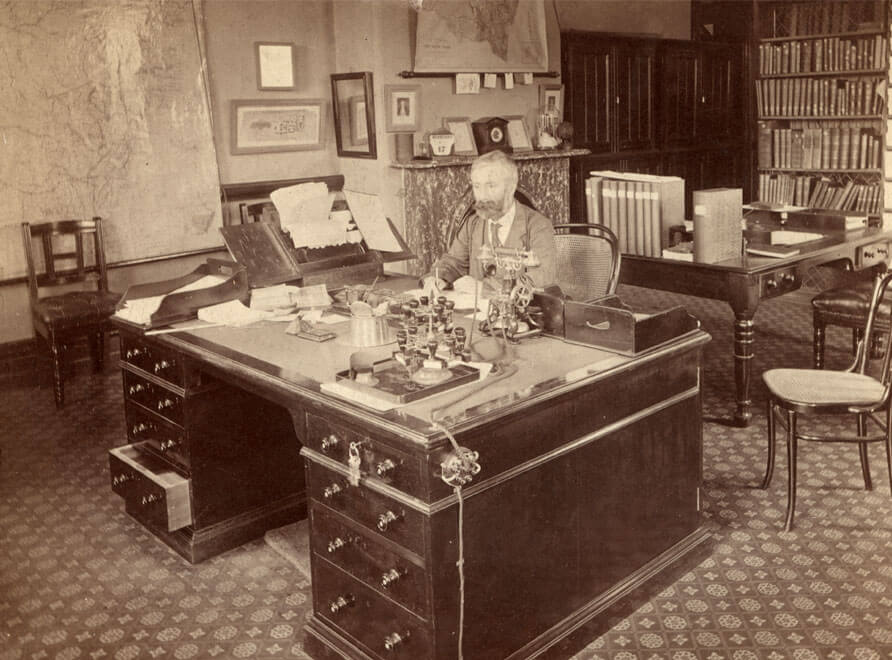
Jospeh Maiden actively networked with national and international herbaria, developing a specimen exchange program.
Maiden actively networked with national and international herbaria to develop a substantial exchange program, receiving and sending duplicate specimens, something the National Herbarium of New South Wales still does.
By 1900, the Herbarium contained 15,000 named species – almost all plant species then known in New South Wales. The first dedicated herbarium building opened in 1901.
War slows down specimen collection
Wars have significantly impacted herbarium and museum collections worldwide, and the National Herbarium of New South Wales was no exception. Limited resources, supplies and funding slowed the expansion of the Herbarium during World War I, through the Great Depression and to the end of World War II.
The roots of our collection
Where our botanical specimens came from and their continued growth
Thanks to the dedication and care of explorers, botanists, scientists and plant enthusiasts, our Herbarium collection has grown and diversified to more than 1 million specimens. Throughout its history, The National Herbarium of New South Wales has also accessioned collections from other institutions that could no longer house them during WWII and the Depression.
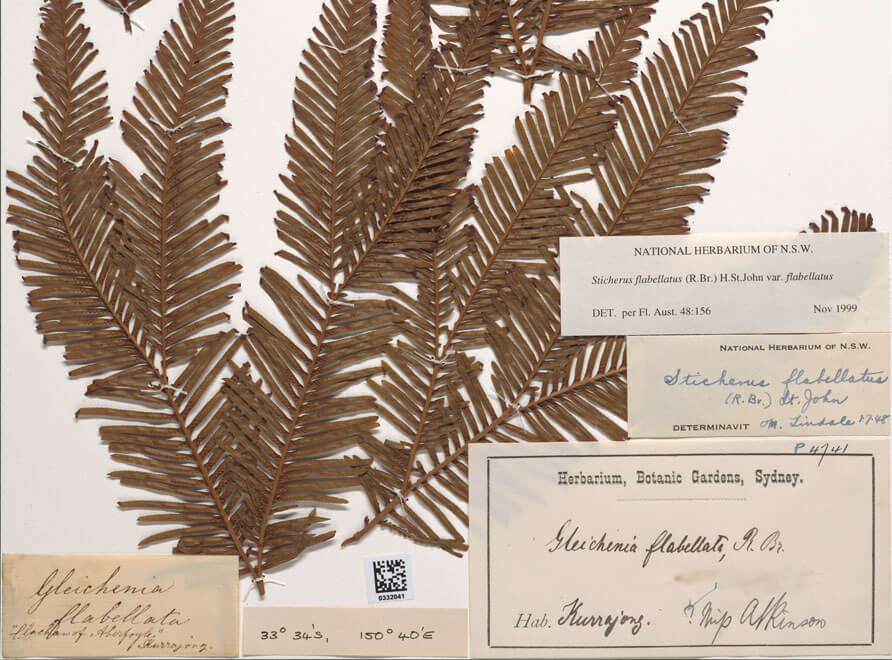
A specimen collected by Louisa Atkinson (1834-1872), colonial settler and resident of the Blue Mountains which is part of the National Herbarium of New South Wales' collection.
Today we receive collections largely through the Botanical Information Service at the Herbarium, scientific gatherings and voucher specimens from other herbaria across the world.
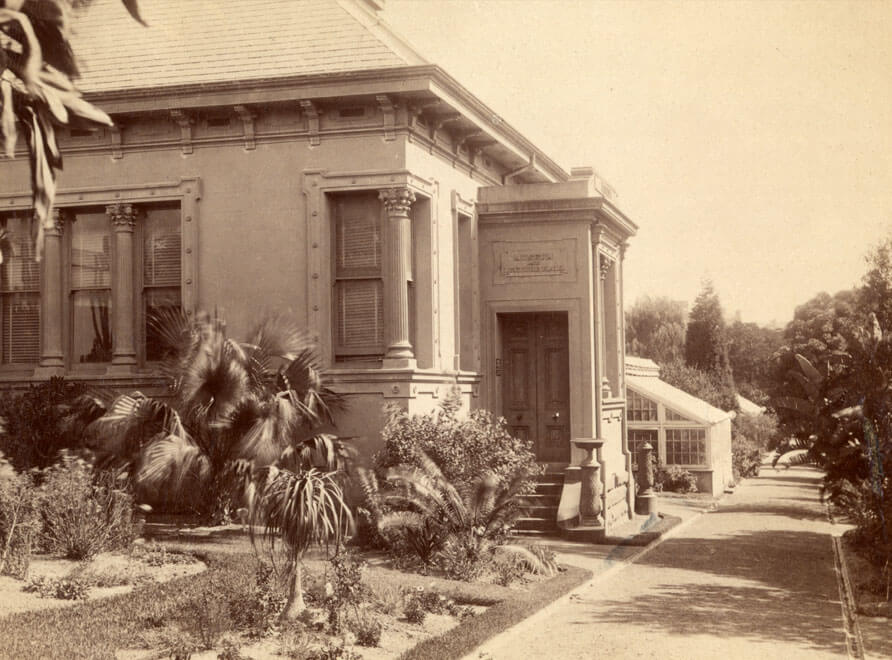
One of the previous Herbarium buildings.
Journey to a state-of-the-art facility
Upgrading the home of the Herbarium over the years
Space is always an issue for herbarium collections. Discussions about expanding the original Herbarium facility began in the 1930s. A century after its inception at the Botanic Garden and naval dockyards at Garden Island, the Herbarium contained over 700,000 specimens, and the original building rapidly ran out of space. As a result, the Botanical Museum was boxed to create more room.
By 1970, the Herbarium had grown to more than a million specimens, and the collections and staff were split across five different buildings. In 1982 funding became available for constructing the Herbarium building in the Royal Botanic Garden Sydney.
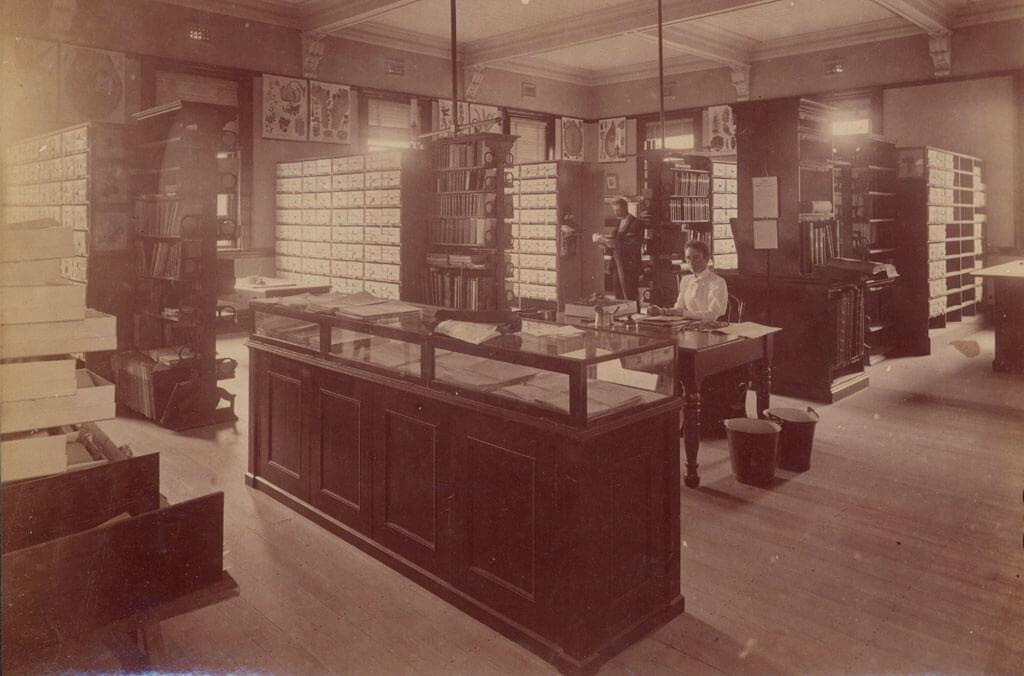
The interior of the National Herbarium of NSW circa 1820. The Herbarium's name and location have changed several times. 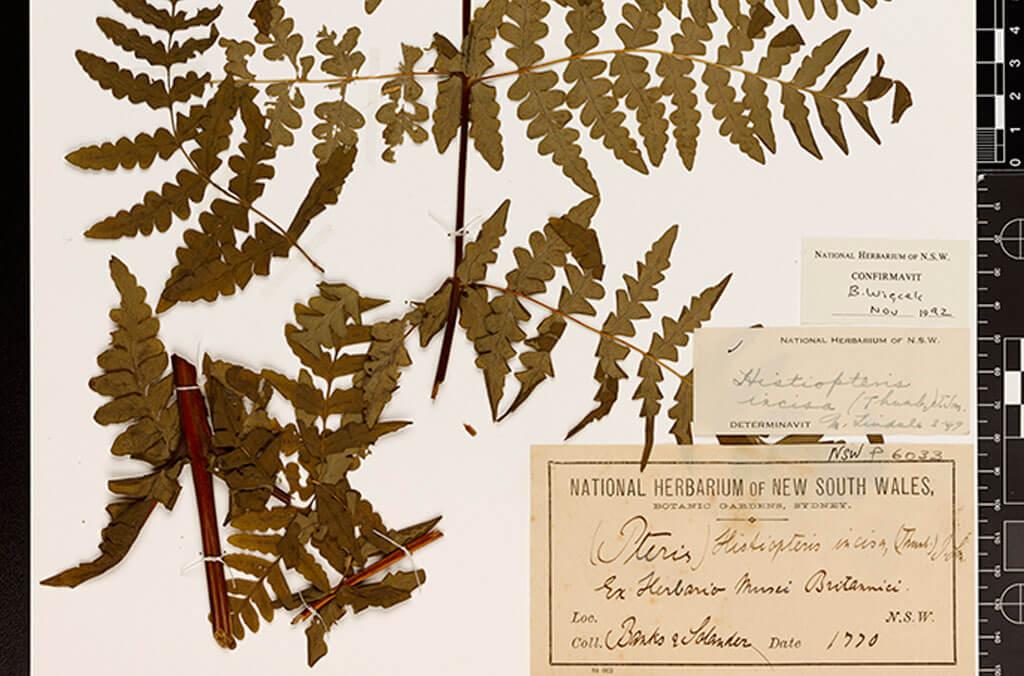
One of over 800 Herbarium specimens collected by botanists Joseph Banks and Daniel Solander in 1770 during Captain Cook's first voyage to the Pacific. 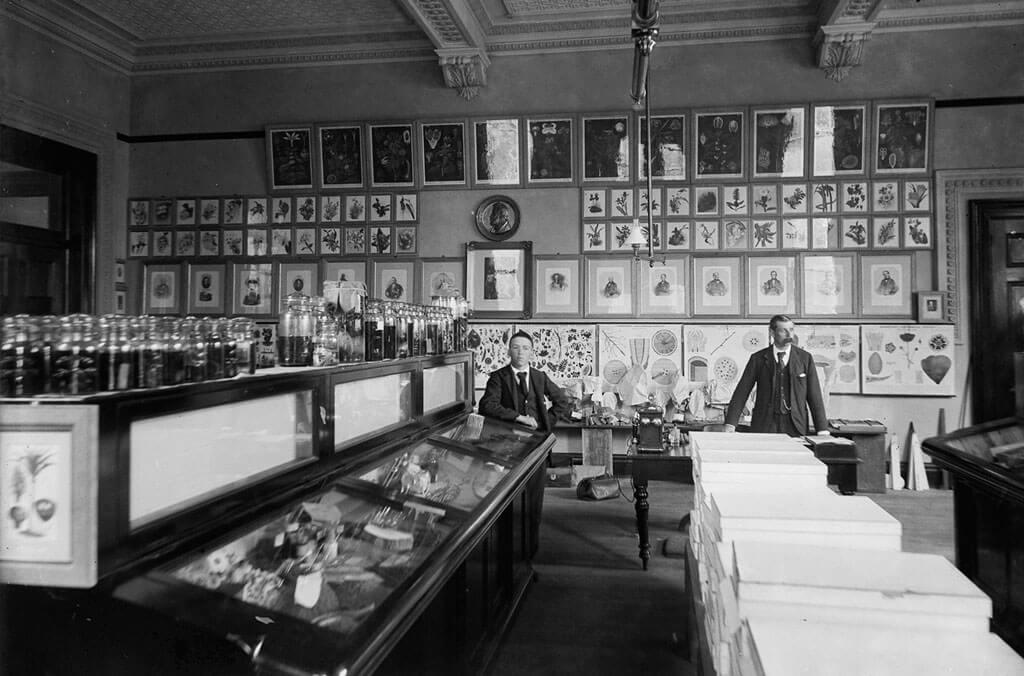
In 1853 the Director of the Royal Botanic Garden Sydney, Charles Moore made a modest collection of around 1,800 native specimens. The first dedicated Herbarium building opened in 1901. 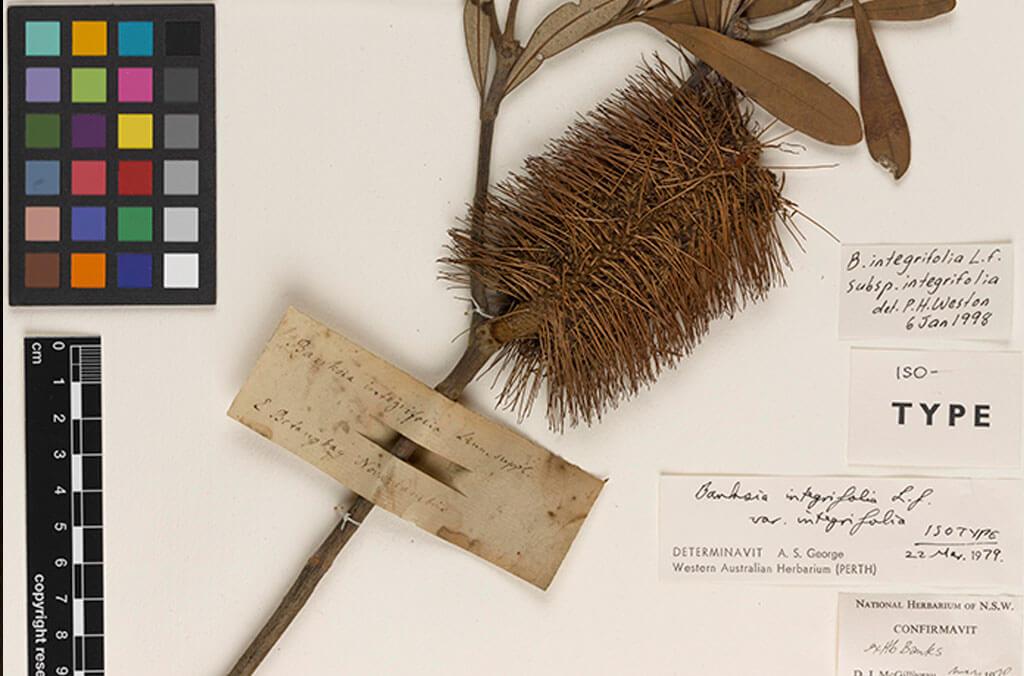
One of the type specimens of Banksia integrifolia collected by Sir Joseph Banks and Daniel Solander on their voyage through the Pacific in the 1770s. 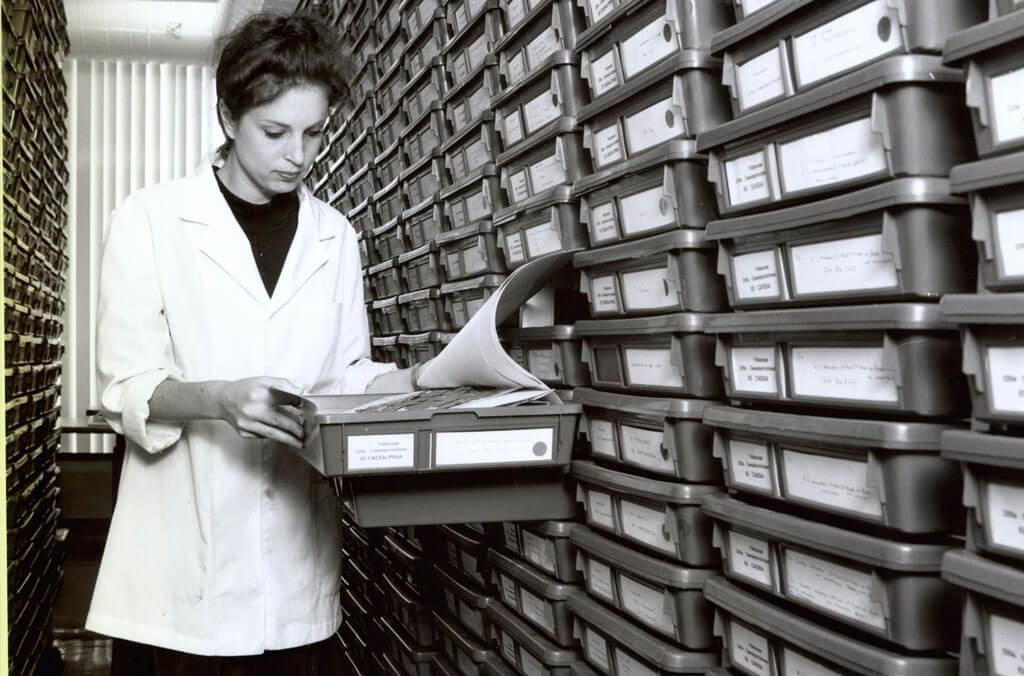
A researcher working at the Herbarium. During the collection’s residence at the Royal Botanic Garden Sydney, specimens were contained in plastic boxes with lids. Today, specimens are stored in six vaults at the National Herbarium of New South Wales. 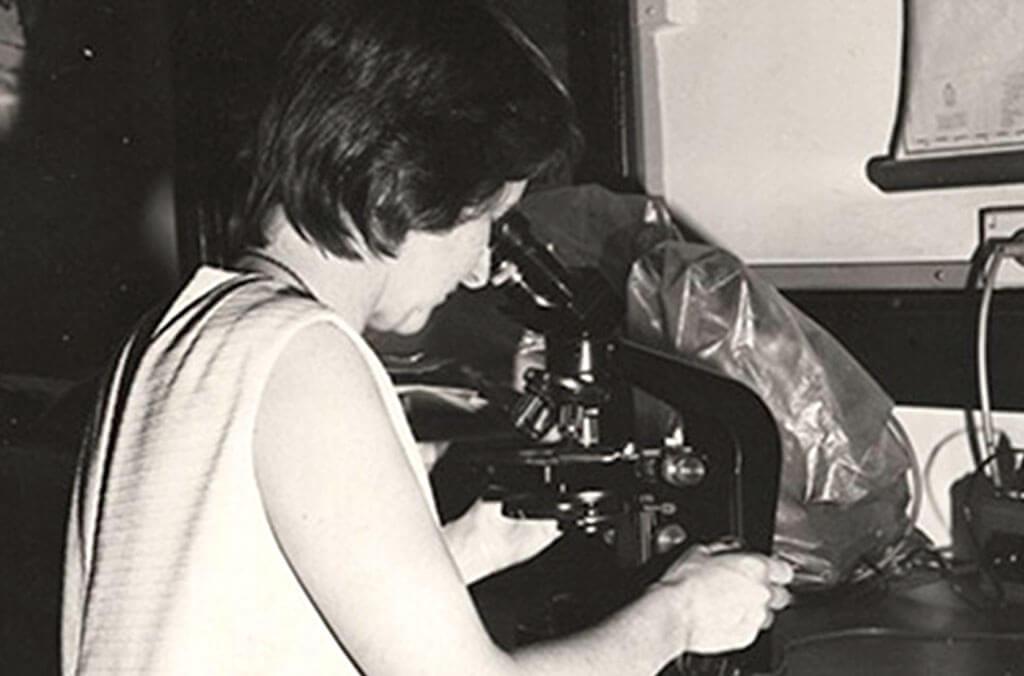
Dr Barbara Briggs’ career at the Royal Botanic Garden Sydney began in 1959, she is one of the Gardens' longest serving scientists.
Today, the National Herbarium of NSW is a world-class facility that showcases Australia's rich botanical heritage. This state-of-the-art facility was built to protect the collection and has six protective vaults that can withstand extreme temperatures like bushfires.
From the Banks and Solander specimens to recent discoveries such as the Wollemi Pine, the Herbarium's collection is a testament to preserving our natural history for future generations and informing critical conservation management decisions.
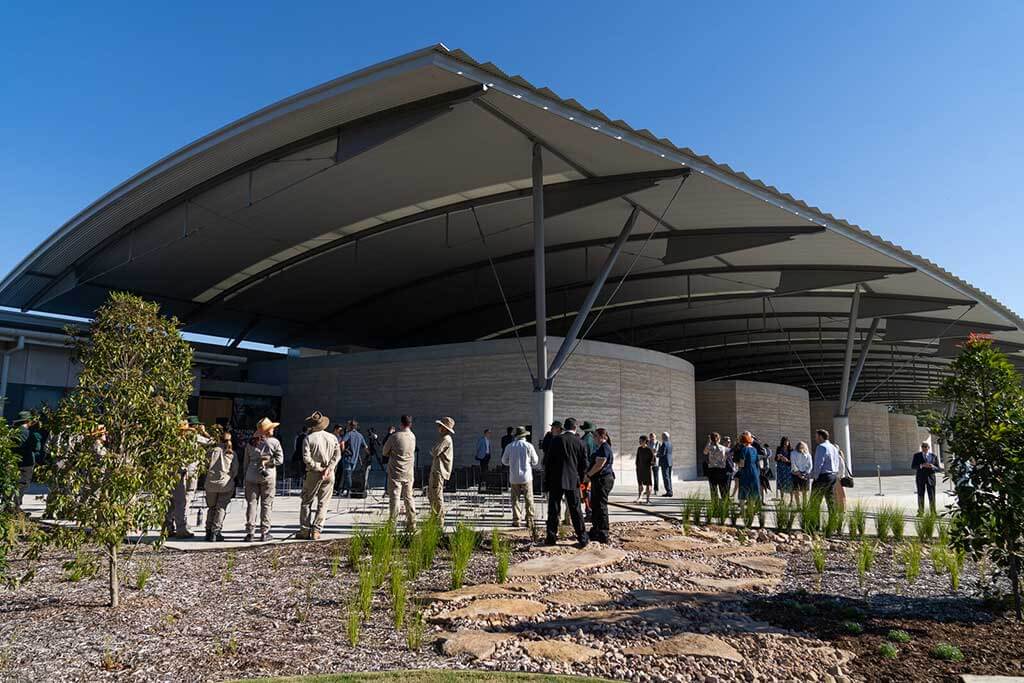
The recently opened National Herbarium of New South Wales at the Australian Botanic Garden Mount Annan.
Discover the new National Herbarium of New South Wales
The Australian Institute of Botanical Science recently unveiled the new state-of-the-art Herbarium at the Australian Botanic Garden Mount Annan.